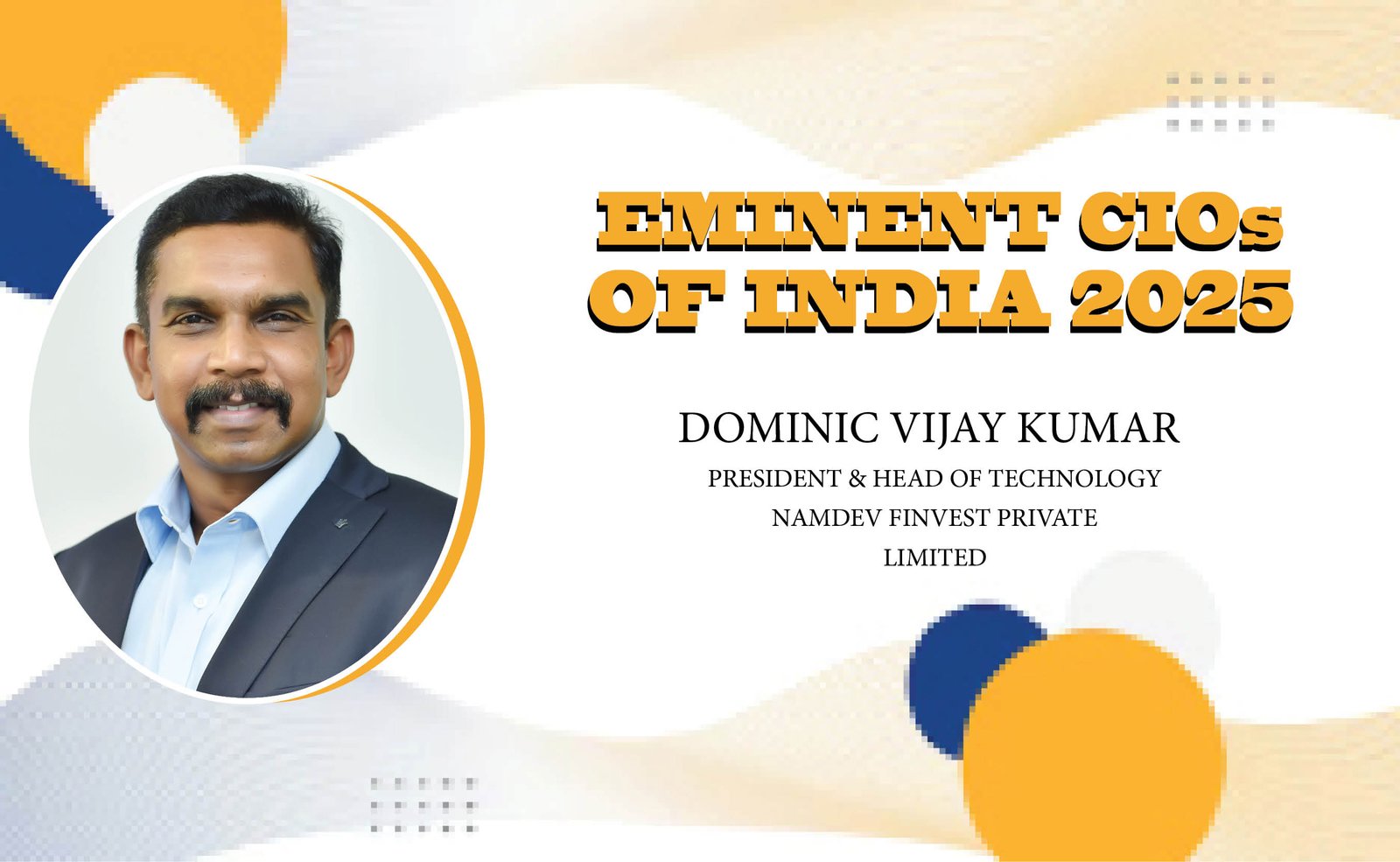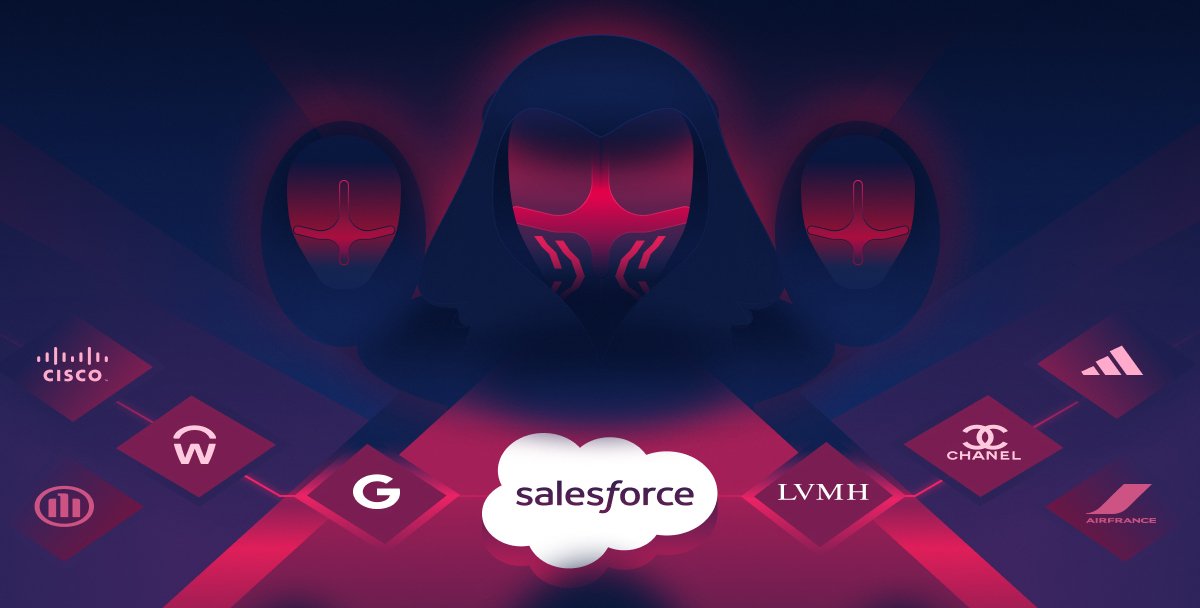Dominic Vijay Kumar, President & Head of Technology, Namdev Finvest Private Limited
Future Enterprise Formula
Modern cybersecurity training prioritizes engagement, personalization, and strong leadership involvement. Gamified, AI-driven, and role-specific modules improve learning retention and ensure relevance across roles. All employees receive regular refreshers, while high-risk functions such as HR, finance, and development undergo targeted instruction. Simulated attacks and red/blue team drills test organizational readiness in real time. Leaders play a key role in establishing a culture of shared responsibility, supported by Zero Trust principles embedded across tools via MFA, DLP, and real-time prompts. Human risk scoring and peer advocates reinforce accountability, while metrics like phishing click rates and incident reporting drive continuous feedback and program refinement.
Cybersecurity frameworks increasingly rely on Zero Trust Architecture (ZTA), which mandates continuous identity verification, least-privilege access, and microsegmentation. AI strengthens threat detection using behavioral analytics, real-time threat intelligence, and automated responses. Automation enhances IT efficiency through self-healing systems, rapid incident management, and automated compliance checks. In the cloud, SASE, API protection, and identity-aware proxies reinforce defenses. Secure development practices now include AI-led vulnerability scans, Infrastructure-as-Code (IaC) checks, and integrated DevSecOps. Unified oversight is achieved via XDR and attack surface management, while tools like UEBA and DLP support continuous trust validation and third-party risk mitigation.
Redefining Roles in 2025
CIOs have evolved into strategic business enablers, co-driving digital strategy, revenue growth, and innovation. They lead AI adoption, cloud transformation, and data governance—ensuring ethical AI use and maximizing data value. In partnership with CMOs, COOs, and CFOs, CIOs help design digital experiences that align tech investments with business goals. They also promote agile culture, talent development, and cross-functional collaboration, with success metrics spanning customer experience, efficiency, and innovation impact.
Looking ahead, CIOs, CTOs, CISOs, and DPOs are becoming co-creators of enterprise resilience and digital trust. CIOs shape digital products and platforms; CTOs spearhead emerging tech and scalability; CISOs lead AI-powered security strategies; and DPOs ensure privacy-by-design, regulatory compliance, and data ethics. Their collective efforts define organizational trust, resilience, and innovation in an increasingly regulated landscape.
However, despite overlaps, the Data Protection Officer (DPO) must remain independent, especially under laws like GDPR, CCPA, and DPDP. CIOs, CTOs, or CISOs typically influence how data is processed, presenting a conflict of interest. To uphold trust and compliance, the DPO should operate without interference from operational decision-making roles.






